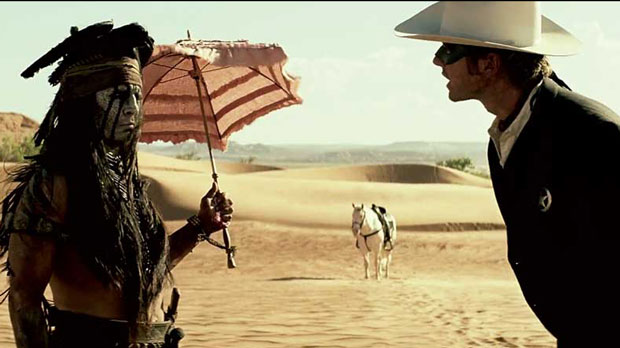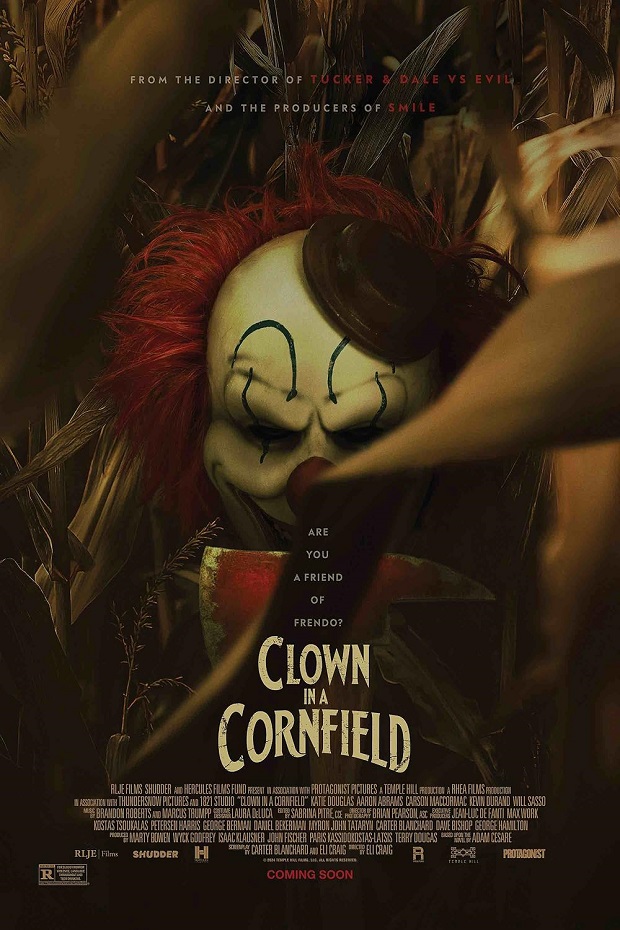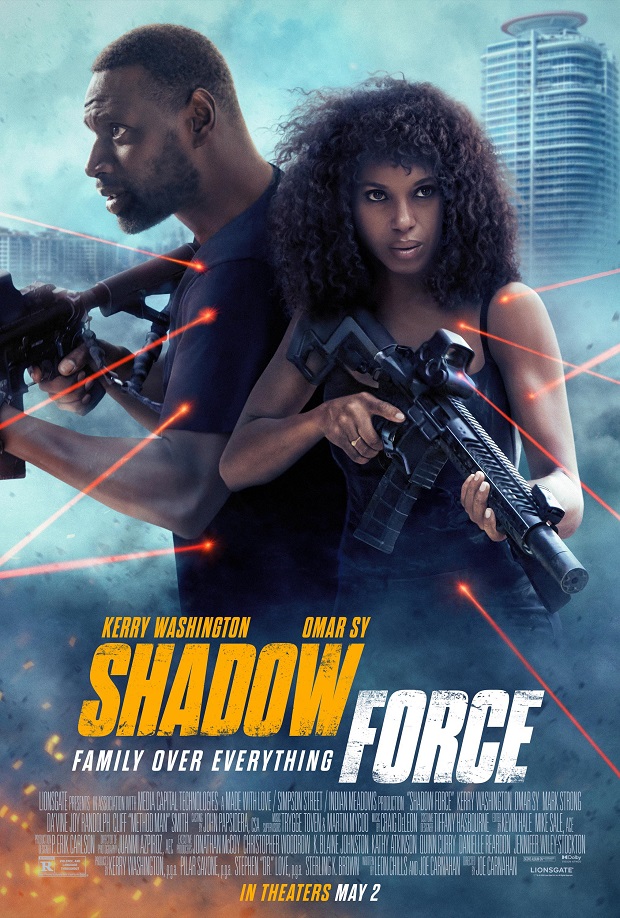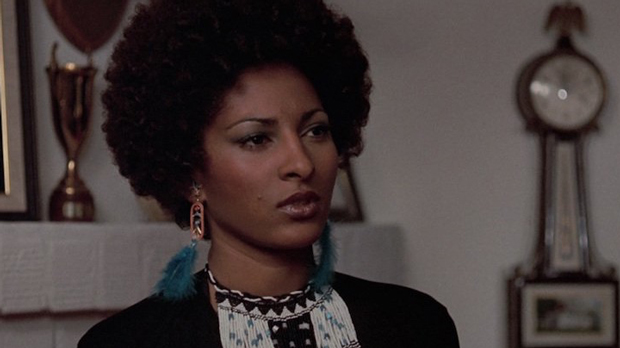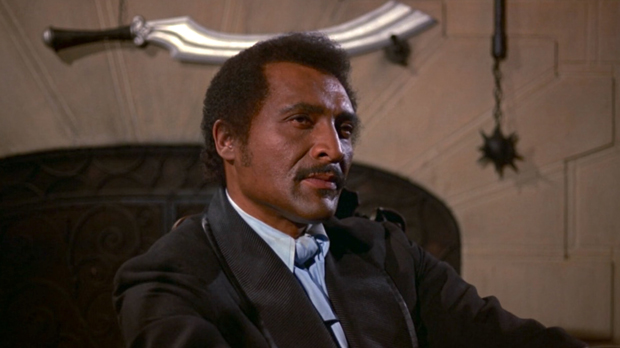 The Lone Ranger (2013) Disney/Western-Action-Adventure RT: 149 minutes Rated PG-13 (intense action and violence, some suggestive material) Director: Gore Verbinski Screenplay: Justin Haythe, Ted Elliott and Terry Rossio Music: Hans Zimmer Cinematography: Bojan Bazelli Release date: July 3, 2013 (US) Cast: Johnny Depp, Armie Hammer, William Fichtner, Tom Wilkinson, Barry Pepper, James Badge Dale, Helena Bonham Carter, Ruth Wilson, Bryant Prince, Mason Cook, Lew Temple, Leon Rippy, Stephen Root, James Frain, Joaquin Cosio, Harry Treadaway, Damon Herriman, Matt O’Leary, W. Earl Brown. Box Office: $89.3 million (US)/$260.5 million (World)
The Lone Ranger (2013) Disney/Western-Action-Adventure RT: 149 minutes Rated PG-13 (intense action and violence, some suggestive material) Director: Gore Verbinski Screenplay: Justin Haythe, Ted Elliott and Terry Rossio Music: Hans Zimmer Cinematography: Bojan Bazelli Release date: July 3, 2013 (US) Cast: Johnny Depp, Armie Hammer, William Fichtner, Tom Wilkinson, Barry Pepper, James Badge Dale, Helena Bonham Carter, Ruth Wilson, Bryant Prince, Mason Cook, Lew Temple, Leon Rippy, Stephen Root, James Frain, Joaquin Cosio, Harry Treadaway, Damon Herriman, Matt O’Leary, W. Earl Brown. Box Office: $89.3 million (US)/$260.5 million (World)
Rating: *** ½
NOTE TO READERS: The following review is a reevaluation of The Lone Ranger. I originally gave it a one-star rating calling it “a clunky, bloated, convoluted mess that runs entirely too long and makes its two heroes look like complete buffoon”. I stand by that statement, but I no longer regard the movie as an unwatchable stinker. Please read on.
The 2013 version of The Lone Ranger is NOT the Lone Ranger some of us grew up with. It bears a slight resemblance, but it’s a horse of a different color. Okay, that’s an understatement. This one is really out there. Think of it as the Lone Ranger on peyote. Perhaps the most telling thing about The Lone Ranger is that the opening and ending both feature train wrecks. Could the makers be sending a subconscious message to the audience?
Why is Tonto wearing a dead bird on his head? That was my first question upon seeing the first trailer for The Lone Ranger. Now I have another question. What is this tomfoolery Disney is passing off as The Lone Ranger, an American institution since his radio program debuted in 1933? The anonymous masked man (formerly known as John Reid) and his Native American sidekick Tonto shared many adventures as they rode the Old West and dealt with villainy in all human shapes and sizes. It’s a simple yet brilliant concept that enthralled legions of youngsters back in the early days of TV. I had a feeling the new cinematic version of The Lone Ranger would fall flat on its face and I WAS RIGHT! It doesn’t just stray off course in retaining the spirit of the original, it careens wildly into unfamiliar territory. Who is this masked man that now plays second fiddle to his weird sidekick? It’s a long story.
As expected, the makers of The Lone Ranger went ahead and reinvented the character for 21st century audiences. Sad to say, today’s youth wouldn’t get a non-conflicted hero who lives by a strict code of honor. They’re used to dark, brooding heroes with psychological issues. As a result, we get a guy named John Reid who doesn’t want to wear a mask and this nutty NA who insists he’s a “shadow warrior” come back from the dead. As played by Johnny Depp (Ed Wood), Tonto acts and talks like he’s tripping on peyote. He has a fully fleshed-out backstory that explains why he’s so keen to help the man he calls “Kemosabe” bring down the bad guys, an escaped killer and a greedy railroad tycoon.
By way of a narrative framing device, a young boy (Cook, Speechless) at a San Francisco carnival circa 1933 listens intently as an aged Tonto (Depp in heavy old age makeup) tells him the true story of the Lone Ranger and how he came to be. It all starts aboard a train bound for Texas when a band of vicious creeps jump on and start shooting. Their objective is to grab condemned outlaw Butch Cavendish (Fichtner, Drive Angry) and help him avoid the hangman’s noose. One of the passengers is upright prosecutor John Reid (Hammer, The Social Network) who believes in following the law of the land to the letter. His attitude combined with his naivety only makes it easier for the bad guys to get the drop on him when he attempts to intervene. Also on board the train is Tonto, in custody for no apparent reason other than being a Native American in 1869 Texas. With nobody on board to operate the train (Cavendish’s men killed them all), it derails and crashes nearly taking out our two protagonists.
After brushing himself off and tossing Tonto into a jail cell, John insists on joining his brother Dan (Dale, World War Z) and the other Texas Rangers on a mission to recapture Cavendish. En route, they’re ambushed and left for dead in a canyon by Cavendish’s gang. Tonto, who somehow escaped from jail (it’s never explained), shows up and buries the dead. That’s when a white spirit horse appears and reawakens John as a “spirit warrior” that can’t be killed in battle. Apparently, the future Silver has a few issues of his own because he behaves as strangely as Tonto. Well, strange for a horse. He stands on tree branches, drinks whiskey and manages to climb onto rooftops. This is when John first dons the famous mask. Of course, he has issues with it. Together, the two reluctant heroes set out to recapture Butch and bring him to justice.
At this point, The Lone Ranger spirals into a confused plot involving the railroad, a secret silver mine and a treaty with the Comanche tribe. It’s no surprise that railroad tycoon Latham Cole (Wilkinson, In the Bedroom) turns out to be a bad guy motivated by pure greed. Isn’t that the way it always goes?
What I’ve just given you is a general overview of The Lone Ranger. Don’t ask me about specifics; the written-by-committee screenplay is so convoluted it’s hard to keep up with everything director Gore Verbinski throws at you including a subplot dealing with John’s unresolved romantic feelings towards his brother’s widow (Wilson, Anna Karenina). For what I gather, they were involved before he left for law school and she took up with Dan in his absence. ANYWAY, it looks as though the Pirates of the Caribbean filmmaker is revisiting similar terrain with what can only be described as “Cowboys and Indians of the Frontier”.
I originally said The Lone Ranger was “a lot of sound and fury signifying nothing”. The sound and fury part still holds true, but I’ve changed my mind about it being nothing. It’s something alright. It’s a grand, glorious, expensive fiasco that entertains on levels not intended by the director. It’s a disaster of epic proportions. It’s the 1941 of the 2010s. It’s loud and way too CGI-heavy. I’m relieved it wasn’t in 3-D. That would be cruel and unusual punishment. The script is too jokey; it makes the heroic pair look like fools. At the same time, it attempts to seriously address the plight of Native Americans in a racist society that doesn’t want them around. It’s an uneasy fit to say the least.
The acting is all over the map from Depp’s whacked-out version of Tonto to Hammer’s stiff take on the Lone Ranger. In his defense however, he does a better job than the last guy. Remember Klinton Spilsbury? That’s okay, neither does anybody else. Fichtner, who excels at playing creeps, does an okay job as the despicable Cavendish. Wilkinson makes a half-hearted effort at the whole moustache-twirling villain role. Helena Bonham Carter (Sweeney Todd) shows up in a few scenes as a brothel madam with a wooden leg that has a gun concealed in it. Sure, why not? What’s one more weird thing in this bastion of the bizarre?
My main problem with The Lone Ranger used to be one of unmet hopes. I wanted a more traditional western. I didn’t want a CGI steampunk update of the material. I’d like to officially drop this complaint. I’m still not entirely on board with the whole CGI noisefest thing, but now I’m not entirely against it either. Actually, it adds to the whole messy experience. The climactic chase, a train chase featuring the Lone Ranger riding Silver atop the cars, is AWESOME! That’s when we finally get to hear his rousing theme song, “The William Tell Overture”. I wish the whole movie had been as exciting. It hits a few lulls along the dusty trail, but the end sequence makes up for it.
Okay, so I like The Lone Ranger now. It only took me seven years to figure out how to look at it. The insight I’ve gained puts it on my list of favorite movie disasters. It’s funny how so much of it is misconceived like Tonto dissing the Lone Ranger’s famous catchphrase “Hi Ho, Silver! Away!” It’s a little disrespectful. Oh, don’t even bother sitting through the end credits. It’s just an extended shot of Tonto walking off into the sunset. Hey, I never said The Lone Ranger was perfect. I’m only saying it’s better than I initially thought. Its flaws are part of the fun. The best way to watch it is with your brain in the OFF position.
